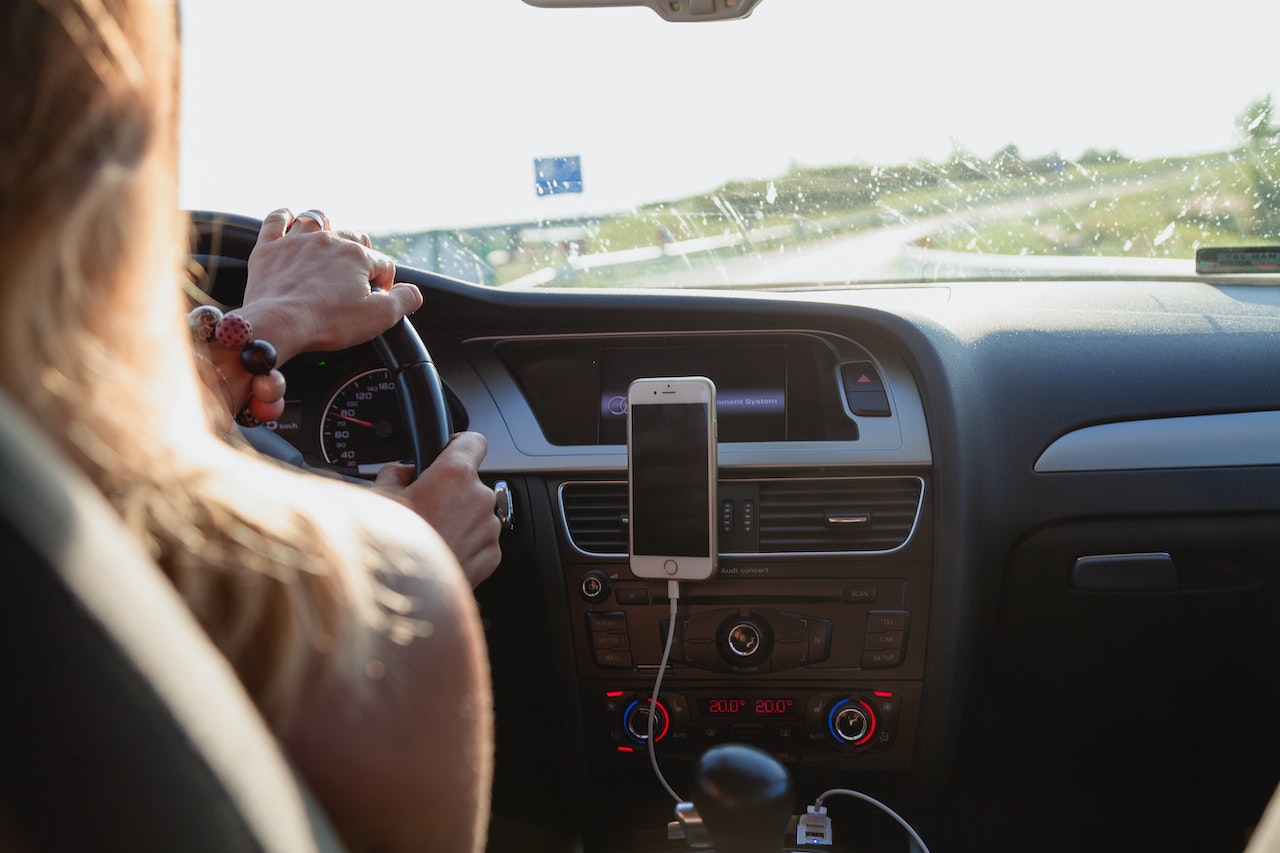
Nervousness and anxiety are common emotions felt by many people when driving or learning how to drive. While everyone feels this way at some point and that it is perfectly normal, these emotions can be so intense for some. It may get to the point that they avoid driving altogether.
However, if your anxiety is so severe that it interferes with your driving ability, it may signify a more serious problem. There are ways to manage nervousness and anxiety when driving, and with practice, many people are able to overcome these emotions and become confident, safe drivers.
Here are some of those ways:
1) Understand the Cause of Anxiety
Many different things can cause anxiety while driving. For some, it can be rooted in a previous accident that can cause nervousness. For others, it could be a fear of crashing, getting lost, or even just the feeling of being in control of a large vehicle. Once you understand what is causing your anxiety, you can start to work on overcoming it.
2) Consider Occupational Therapy
Occupational therapy can help with anxiety and many other mental health disorders. An occupational therapist can help you make sure that your vehicle is set up properly to accommodate your pressure. This is a type of therapy that can teach you how to cope with your anxiety in different situations, including easing your anxiety while driving.
3) Seek a Safer Drivers Course
If you are worried about your anxiety causing you to get into an accident, you may want to consider taking a safer driver's course. These courses are designed to help you learn how to drive safely, even when you are feeling nervous. By taking a course, you can learn how to handle different situations that may arise while driving, which can help reduce your anxiety.
4) Avoid Stressful Driving Environments
If you are driving in a stressful environment, this can make your anxiety worse. Thus, you should avoid driving in areas that are full of traffic or in regions that are known to be dangerous. If you are driving in a place where you are uncomfortable, this can make your anxiety worse, so try to avoid these situations.
5) Practice Mindfulness and Relaxation Strategies
Practising mindfulness and relaxation strategies can also help you to reduce your anxiety while driving. Learn to be a little more aware of your thoughts and emotions while driving, which can help you to stay calm. Techniques like deep breathing or progressive muscle relaxation can help you to relax while you are driving.
6) Request a Medication Plan
If your anxiety is severe, you may want to request a medication plan from your doctor. If you are taking medication for anxiety, you should make sure that you follow the medication plan that your doctor has provided for you. Ask your doctor for help if you are unsure about your medication plan.
Conclusion
Many things can contribute to feeling nervous or anxious when driving or learning how to drive. By taking things slow, staying calm, and focusing on the task at hand, you can help to ease your nerves and anxiety.
Want to try a safer drivers course? Prestige Driving School offers quality driving lessons in & near Sydney from pro driving instructors, equipping students with high test pass rates, affordable prices, and online booking. Get in touch with us today!